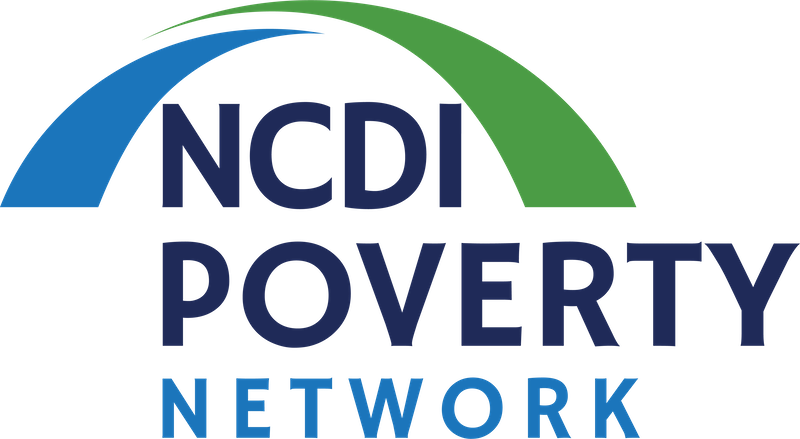New publication presents “quantitative evidence of significant health equity gap for the poorest billion”
A recently published article by a team of Lancet NCDI Poverty Commission members and researchers has found that the burden of both communicable, maternal, neonatal, and nutritional (CMNN) diseases and of noncommunicable diseases and injuries (NCDIs) is much greater for the world’s poorest billion people than for high-income populations.
The article published in PLOS ONE – “Burden of disease among the world’s poorest billion people: An expert-informed secondary analysis of Global Burden of Disease estimates” – represents the first systematic attempt to quantify the magnitude and causes of the burden among the world’s poorest people for almost two decades.
“While we had data from many different sources that led us to hypothesize that levels of extreme poverty are likely to affect disease burden, our research provides a comprehensive picture of quantitative evidence that shows a significant health equity gap for the poorest billion,” said Matthew Coates, the article’s lead author. “The ability to quantify and describe the extent of this burden is particularly important given the vulnerability of the populations described in the paper.”
The new publication shows that the largest gaps in rates of death and disability between the poorest billion and wealthier populations were in rates of CMNN conditions, which make up 65% of the disease burden among the world’s poorest billion as measured by disability adjusted life years (DALYs). Although progress has been made in reducing health burdens associated with certain clinical conditions, there is still a large unfinished health agenda with respect to CMNN conditions.
From an equity perspective, it is significant that the age-standardized DALY rates were also significantly higher among the poorest billion for both NCDs (44% higher) and injuries (86% higher), underlining the fact that NCDIs must also be considered “an important part of the ‘unfinished agenda’ of poor health among those living in extreme poverty.” Among NCDs, the widest “equity gap” in DALY rates was found for severe conditions such as sickle cell disorders, rheumatic heart disease, neural tube defects, appendicitis, and cirrhosis due to hepatitis B.
The publication also discusses the challenge many low- and lower-middle-income countries will face in addressing the burden of NCDIs, given current spending and health system capacity, as the burden of CMNN conditions declines and the population ages.
To learn more about specific findings, the article can be read in its entirety here.
The article’s authors include eight members of the Lancet NCDI Poverty Commission: Majid Ezzati, Ana O. Mocumbi, Anne E. Becker, Julie Makani, Adnan A. Hyder, Yogesh Jain, D. Cristina Stefan, and Gene Bukhman. The other authors, who all contributed to the Commission report as members of the Secretariat staff or the Lancet NCDI Poverty Commission Study Group, include: Matthew M. Coates, Gisela Robles Aguilar, Gene F. Kwan, Daniel Vigo, Neil Gupta, and Andrew Marx.
To learn more about how the NCDI Poverty Network — comprised of national NCDI Poverty Commissions in 23 countries and partner institutions — is working to implement the recommendations of the Lancet Commission and to address the gap in global health equity for the world’s poorest populations, please click here.
